LABORgLAskAtALOg LABORATORY GLASSWARE CATALOGUE
LABORgLAskAtALOg LABORATORY GLASSWARE CATALOGUE
LABORgLAskAtALOg LABORATORY GLASSWARE CATALOGUE
Erfolgreiche ePaper selbst erstellen
Machen Sie aus Ihren PDF Publikationen ein blätterbares Flipbook mit unserer einzigartigen Google optimierten e-Paper Software.
technIcal InformatIon | product sectIon<br />
technIcal InformatIon | product sectIon<br />
chemical properties<br />
the chemical resistance especially of dUran ® glass is more comprehensive than that of all<br />
other known materials. dUran ® borosilicate glass is highly resistant to water, acids, saline solutions,<br />
organic substances and also halogens such as chlorine and bromine. Its resistance to alkali is also<br />
relatively good. only hydrofluoric acid, concentrated phosphoric acid and strong alkalis cause appreciable<br />
surface removal of the glass (glass corrosion) at elevated temperatures (>100 °c). due to the nearly<br />
inert behaviour, there are no interactions (e.g. ion exchange) between medium and glass and any<br />
spurious influence on experiments is thereby effectively excluded.<br />
alkali resistance<br />
dUran ® corresponds to class 2 of the glasses divided into 3 alkali classes in accordance with<br />
dIn Iso 695. the surface erosion after 3 hours boiling in a mixture of equal volume fractions of<br />
sodium hydroxide solution (concentration 1 mol/l) and sodium carbonate solution (concentration<br />
0.5 mol/l) is only 134 mg/100 cm 2 .<br />
hydrolytic resistance<br />
dUran ® corresponds to class 1 of the glasses that are divided into a total of 5 hydrolytic resistance<br />
classes in accordance with Iso 719 (98 °c). the amount of na 2<br />
o/g glass grain leached out after<br />
1 hour in water at 98 °c is measured. for dUran ® the quantity of na 2<br />
o leached out is less than<br />
31 µg/g of glass grain. dUran ® also corresponds to class 1 of the glasses divided into a total of<br />
3 hydrolytic resistance classes in accordance with Iso 720: (121 °c). the quantity of na 2<br />
o leached<br />
out after 1 hour in water at 121 °c is less than 62 µg/g of glass grain. due to its good hydrolytic<br />
resistance, dUran ® meets the requirements of the UsP, JP and eP for a neutral glass that<br />
corresponds to glass type 1. It can therefore be used in an almost unrestricted way in pharmaceutical<br />
applications and in contact with foodstuffs.<br />
alkali attack on dUran ®<br />
as a function of temperature<br />
hydrolytic attack on<br />
dUran ® as a function<br />
of time (100 °c)<br />
acid resistance<br />
dUran ® corresponds to class 1 of the glasses divided into 4 acid classes in accordance with<br />
dIn 12116. as the surface removal after boiling for 6 hours in normal hcl is less than 0.7 mg/<br />
100 cm 2 , dUran ® is classed as acid-resistant borosilicate glass. the quantity of alkaline metal<br />
oxides leached out in accordance with Iso 1776 is less than 100 µg na 2<br />
o/100 cm 2 .<br />
overview of the chemical properties of technical glasses<br />
description<br />
chemical resistance class<br />
hydrolytic resistance<br />
acid resistance<br />
alkali resistance<br />
din iso 719<br />
din 12 116<br />
iso 695<br />
dUran ® 1 1 2<br />
fIolaX ® 1 1 2<br />
soda-lime glass 3 1 2<br />
sbw 1 1 1<br />
acid attack on dUran ® as<br />
a function of acid concentration<br />
204<br />
205


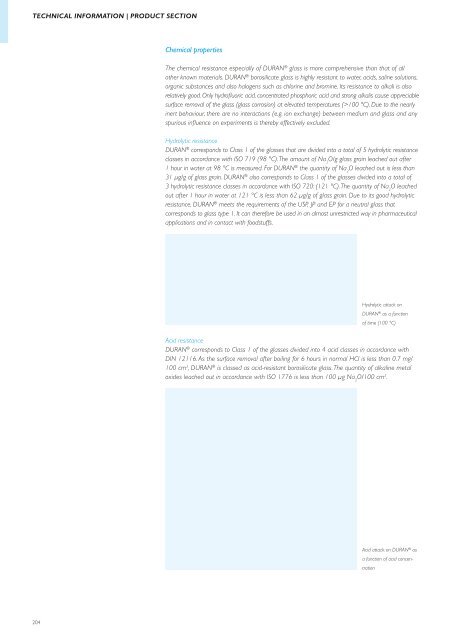
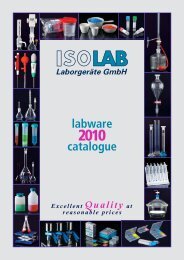
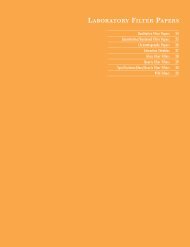
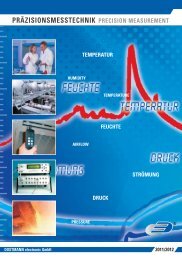
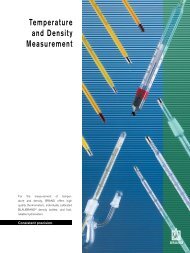
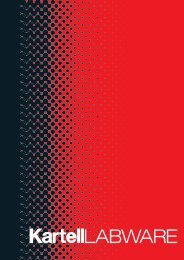

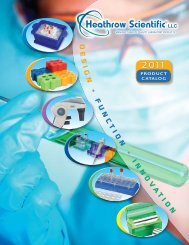


![Download [12.5MB] - Labtek](https://img.yumpu.com/24756492/1/184x260/download-125mb-labtek.jpg?quality=85)
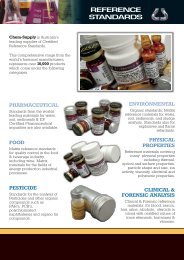
![DYMO Healthcare Brochure [2MB] - Labtek](https://img.yumpu.com/24756484/1/190x240/dymo-healthcare-brochure-2mb-labtek.jpg?quality=85)
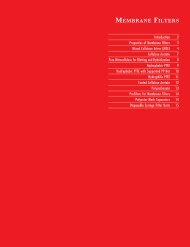
![Download [12.5MB] - Labtek](https://img.yumpu.com/24756470/1/184x260/download-125mb-labtek.jpg?quality=85)